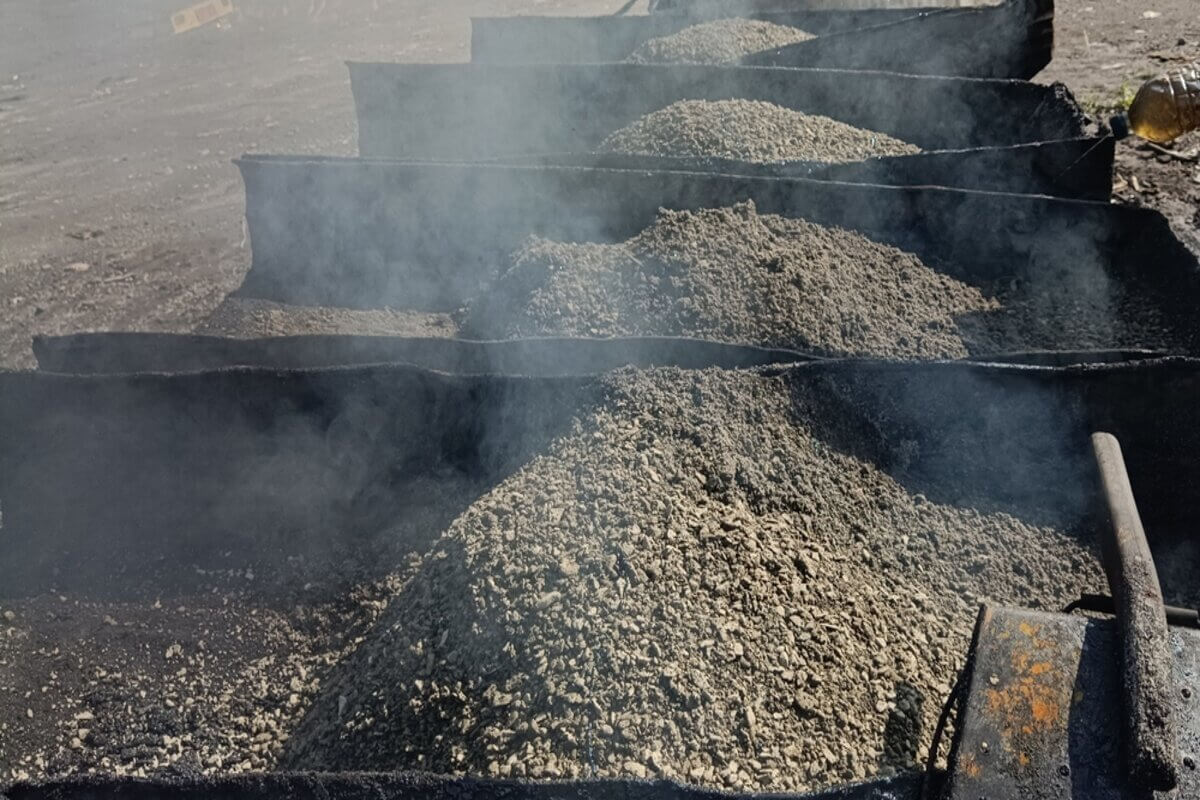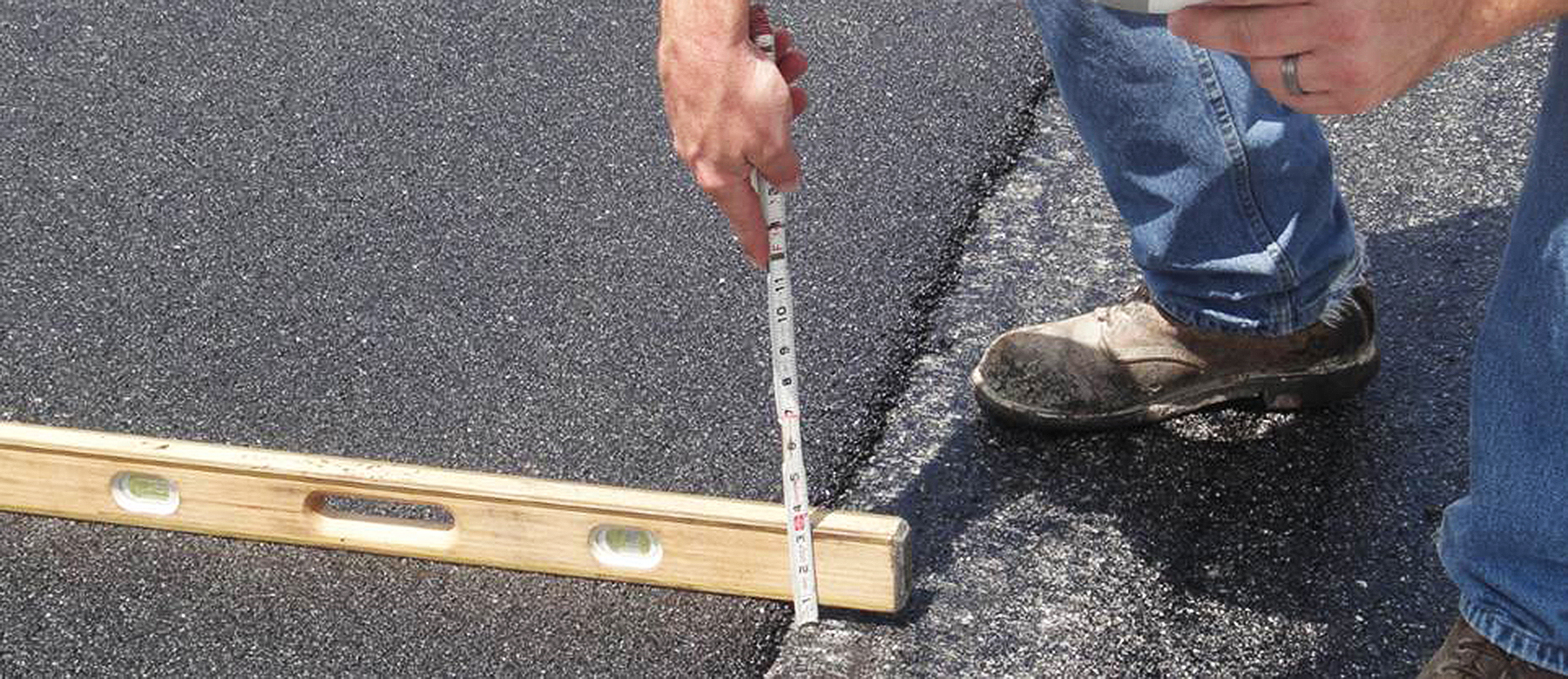Warm Mix Asphalt: Redefining Road Building Specifications
Hot Mix Asphalt (HMA) is significantly modifying the landscape of road building and construction methods, setting brand-new performance criteria and reshaping market standards. The effects of HMA in redefining road building and construction standards are extensive, presenting a compelling situation for a closer assessment of its transformative capabilities in contemporary engineering methods.
Benefits of Hot Mix Asphalt
The performance of utilizing Warm Mix Asphalt in road building tasks is unequaled due to its longevity and cost-effectiveness. Hot Mix Asphalt (HMA) uses numerous advantages that make it the recommended choice for paving roadways. Among the key advantages of HMA is its capacity to withstand heavy website traffic lots and severe weather, making certain resilient efficiency. This resilience lessens the demand for frequent repair services and upkeep, resulting in cost savings for job proprietors and taxpayers.
Furthermore, the smooth surface finish of HMA decreases rolling resistance, enhancing fuel effectiveness for automobiles and reducing general transportation expenses. The quick construction time connected with HMA projects even more enhances its cost-effectiveness by reducing labor and traffic disruption expenditures - Hot Mix Asphalt. The recyclability of HMA products makes it an ecologically sustainable option for road building and construction tasks.
Durability and Sturdiness of HMA
With a proven track record of standing up to hefty website traffic loads and harsh weather condition problems, Hot Mix Asphalt (HMA) stands out for its phenomenal durability and longevity in road building and construction projects. By offering a smooth and secure riding surface for vehicle drivers, HMA decreases wear and tear on automobiles and boosts overall road safety and security.

Environmental Benefits of HMA
Progressively, roadway building and construction tasks are transforming to Hot Mix Asphalt (HMA) for its significant environmental benefits. HMA is a sustainable paving material that provides a number of advantages in terms of environmental effect. Among the crucial advantages of HMA is its recyclability. The product can be recycled and reused numerous times, lowering the need for virgin materials and lowering the amount of waste sent to landfills. This recycling process also assists preserve natural deposits and minimizes power usage connected with producing brand-new asphalt.
In addition, HMA sidewalks are understood for their ability to mitigate stormwater drainage. The smooth surface area of HMA roads allows rain to move effectively into the ground, reducing disintegration and lessening the danger of flooding. This can have a positive influence on the bordering communities by maintaining all-natural water flow patterns and preserving the top quality of water bodies.
HMA in Roadway Construction Projects

Roadway construction projects benefit from HMA's fast building and construction time, allowing for faster completion of roads and decreasing website traffic disruptions. In general, integrating HMA right into roadway construction projects leads to lasting, economical, and green roadways that meet the demands of modern transportation systems.
Influence of HMA on Framework
The extensive usage of Hot Mix Asphalt (HMA) in roadway construction tasks considerably affects the overall framework quality and long life. Hot Mix Asphalt. HMA provides a smooth and resilient driving surface area that enhances roadway safety and security by decreasing and decreasing crashes vehicle wear and tear.
HMA is a recyclable product, which means that old asphalt can be reused in new road building, lowering the demand for virgin products and minimizing waste. In conclusion, the impact of HMA on infrastructure is profound, promoting much safer roads, cost-effectiveness, and environmental obligation in road building jobs.
Final Thought
Finally, Warm Mix Asphalt (HMA) has actually verified to be Look At This a game-changer in road building requirements due to its exceptional effectiveness, toughness, and cost-effectiveness. With its capability to stand up to rush hour loads and harsh weather problems, HMA uses a trusted and durable option for facilities projects. Its smooth riding surface area, resistance to fracturing, and simplicity of maintenance make it a leading selection for improving road safety and security and lowering environmental impact. HMA establishes a new benchmark for lasting and top notch framework advancement.
With a tried and tested track record of holding up against heavy website traffic loads and extreme climate conditions, Warm Mix Asphalt (HMA) stands out for its extraordinary long life and resilience in roadway construction jobs.Making Use Of Warm Mix Asphalt (HMA) in road building tasks provides useful reference many benefits in terms of resilience and sustainability.Roadway building and construction projects benefit from advice HMA's quick building and construction time, permitting for faster completion of roads and reducing web traffic disruptions.The extensive use of Hot Mix Asphalt (HMA) in roadway construction jobs dramatically affects the overall facilities high quality and long life. In verdict, the influence of HMA on infrastructure is profound, promoting safer roadways, cost-effectiveness, and ecological duty in roadway building and construction tasks.